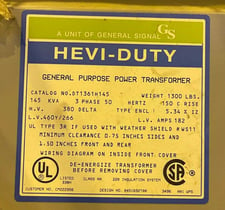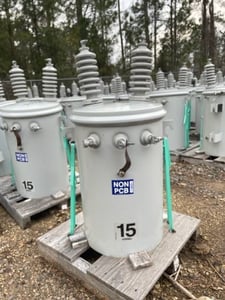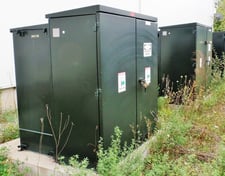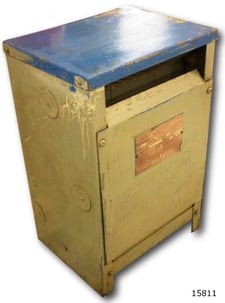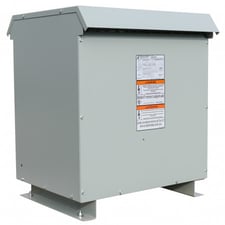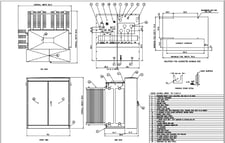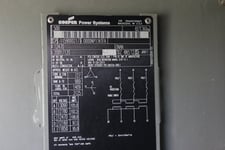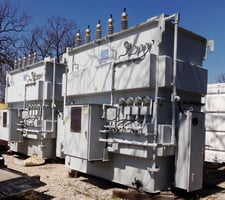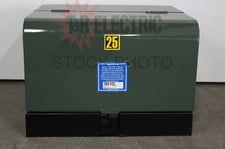Advanced Transformer Search
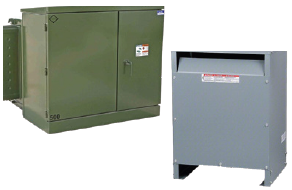
Transformers are vital in the manufacturing industry as they ensure that the power supplied meets the voltage requirements of various equipment and machines, ensuring safe and efficient operation. Surplus Record has over 5,000 transformers of different types, sizes, and functions for sale. This powerful search tool allows you to instantly search all transformers for sale, helping you connect with sellers to get the transformer you need.
Did you know that you can add up to 10 listings and submit them to dealers at one time? Click on the "Add to RFQs" checkbox on any listing to add it to your RFQ list. When you are ready to submit your RFQs, click on the "Submit RFQs" button below the list or at the bottom of the page.
RFQ List
Here is the list of listings you added to submit multiple RFQs. You can add up to 10 listings. Once you have added the listings you are interested in, click on the Submit RFQs button to finish your request.
"*" indicates required fields
Submit RFQs
"*" indicates required fields
Electric Transformer Types
When it comes to transformers, you have single phase and three phase transformers. From there, within each one, there are various types of transformers such as step-up transformers, oil filled transformers, dry transformers, padmount transformers. Padmount transformers are easily distinguishable from other transformers as they are ground-mounted units, typically encased in tamper-proof, locked cabinets. Pole-mount transformers are elevated on utility poles, primarily used to step down distribution voltage to a usable level for homes and small businesses. Below are the most popular types of transformers that the advanced search above will help you find and buy.
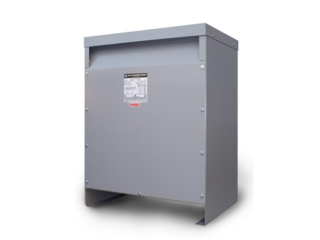
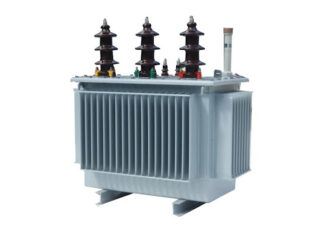
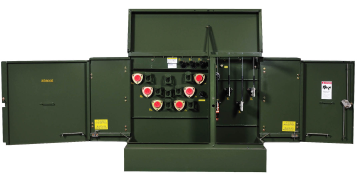
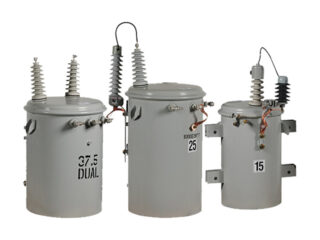
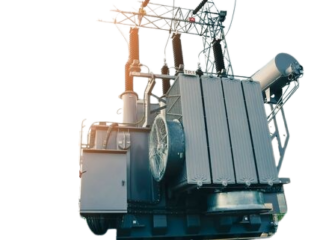
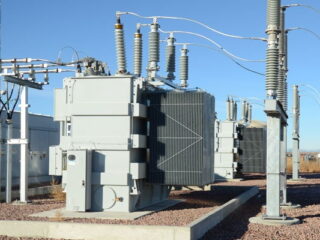
New Listings
Electric Transformer FAQs
A 3-phase transformer is designed to operate on a three-phase power system, which means it can handle three alternating currents (AC) that are phase-separated by one-third of a cycle, or 120 degrees electrical. This design makes 3-phase transformers highly efficient for distributing large amounts of electrical power over long distances and especially suitable for powering large motors and heavy machinery in industrial and commercial settings.
A single-phase transformer operates on a single-phase power system, which involves only a single AC voltage cycle. These transformers are typically used in residential areas or for light commercial applications where the power demands are relatively low. Single-phase transformers are simpler in design and are used to step down or step up voltages for household appliances, lighting, and smaller commercial units.
Check if the primary and secondary voltage specs align with your electrical system or machines. Dive into the the load and capacity requirements to find a fit that matches the power demand you will need. Also, look closely at the insulation and cooling systems; they play a crucial role in keeping things running smoothly. These are the key points to to pay attention to, ensuring that the transformer is a solid match for your shop’s voltage and workload requirements.
Keep an eye out for irregularities such as overheating, unusual noises, or oil leaks. These indicators may suggest internal problems or insulation issues. Fluctuations in voltage, frequent tripping, or electrical surges can also signal potential transformer issues. Regular inspections, temperature monitoring, and thorough testing help in detecting problems early on, ensuring the reliability and longevity of the transformer.
In machine shops, the most popular transformers include isolation transformers, which protect equipment from electrical noise and provide safety; step-down transformers, used to reduce voltage for machinery operation; and control transformers, designed to supply voltage to control devices within machines. These transformers are essential for ensuring the safe and efficient operation of various machine shop equipment, providing precise voltage regulation and isolation from potential electrical hazards.

